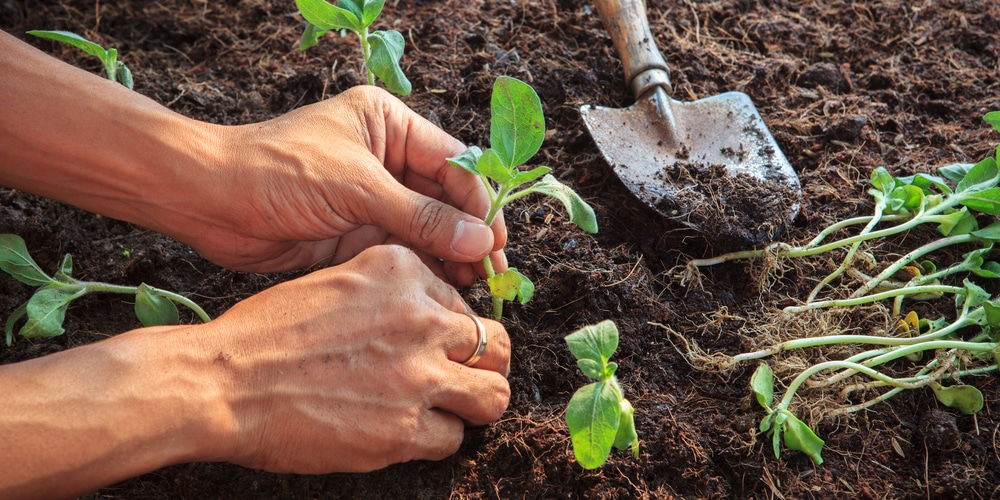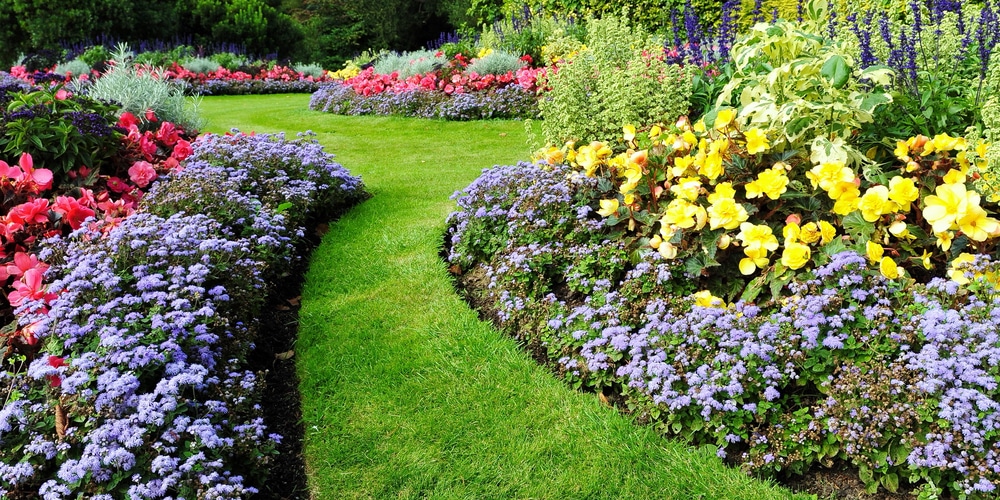There is no better feeling than looking at your yard and being satisfied with how it looks! And if you like colorful gardens, one of your best options is to add annuals.
These plants tend to bloom within the same season and complete their lifecycle within the same period.
If you didn’t know that already, appropriate timing when planting annuals makes a considerable difference in their successful development in your garden.
But the ideal time of the year for planting annuals depends on where you live. Keep reading to learn when to plant annuals in Wisconsin. Here, we share with you all you need to know about it!
What Are Annuals?
Before addressing when to plant annuals in Wisconsin, it might be beneficial to clarify what annuals are. Contrary to perennials, these plants complete their lifecycle in one growing season, meaning they won’t come back the following year.
Because of that, knowing when to plant annuals is crucial: not doing that at the right time of the year might pose your plants with a higher risk of being damaged or killed by unfavorable conditions (such as low temperatures).
Of course, each species of annual might have different requirements, so you should always check your plant’s needs before deciding about planting it outdoors. And the best part is that with adequate planning, you will be able to enjoy a longer blooming season!
When to Plant Annuals in Wisconsin?
Wisconsin includes three USDA hardiness zones: 3 to 5. So, the state offers various weather conditions and generalizing about the ideal time to plant annuals might be challenging.
For this reason, we always recommend checking the local weather alongside looking at predictions. Basing your decisions entirely on averages might cause you some trouble. After all, the weather can change from one year to the next!
Usually, it is a good idea to plant your annuals after the last spring frost to allow your plants enough time to establish themselves in your garden before the summer heat.
Doing so will ensure your flowers (or annual vegetables) grow and mature to their full size by summer. So, in Wisconsin, the best time to plant annuals is usually between Mid May and the beginning of June.
If you live in the southern parts of the state, you might be able to transplant your annuals outdoors as early as mid-April.
For most species, frost will kill your plants or cause them not to bloom, so make sure you don’t plant your flowers (or veggies) too early. Similarly, planting them too late might cause them never to develop fully.
Of course, if you are starting your annuals from seeds, you might need some additional planning. Keep in mind that different species tend to have varying growing requirements. In general, seedlings appear within three to four weeks.
So, plant your annuals seeds indoors with that timeframe into account.
Our Tips to Make the Most out of Your Annuals
The best thing you can do to plant annuals in your garden successfully is to choose species that do well in your USDA hardiness zone. If you start your plants from seeds, we suggest you harden them off before transplanting your seedlings outdoors.
The process is simple and only takes about a week or more. However, many gardeners skip it. Still, consider doing it because it will ensure your annuals grow stronger.
And because these plants will only last for a season, having healthy plants is crucial to getting successful results. The hardening process involves gradually exposing your plants to outdoor conditions.
For instance, move your seedlings outside for an hour more each day until they can withstand an entire day outdoors.
Ask the nursery where you buy your plants if they harden them off: you might need to do it yourself to minimize stress on your plants.
Also, try to plan your landscape: doing so will help you get the most out of your annuals. Indeed, some types might have a higher tolerance to low temperature, which means you might be able to start them earlier.
Others are more susceptible to cold but might bloom later in the season. By taking into account the types of plants you want to add to your yard, you’ll be able to enjoy longer blooming seasons!
Related Article: Full Sun Annuals Zone 7


